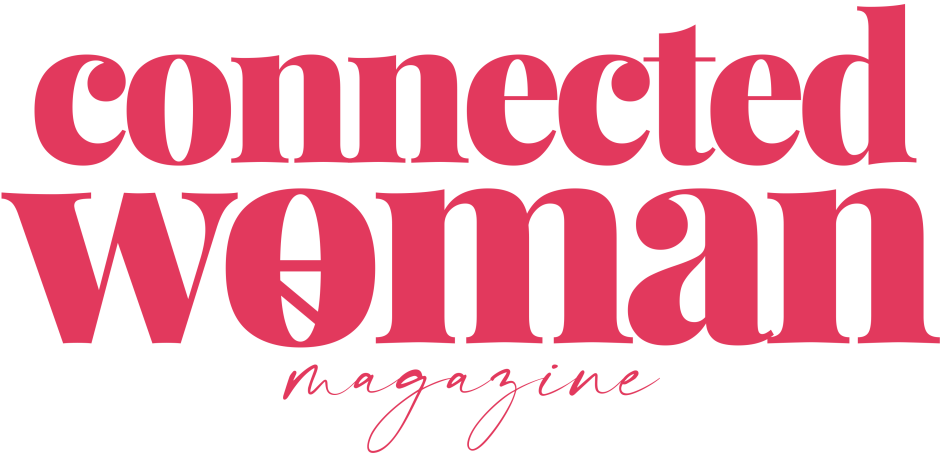In order to stay relevant on social media, and reap the many benefits it offers for your business, you have to post regularly. Yet, some days, you might feel particularly uninspired and may struggle to create a social media post. It can turn into a vicious circle of struggle.
This is when having content pillars to reference will be a big help. They can help you stay organized and consistent, and continue to create the quality content your audience loves.
What is a Content Pillar?
Content pillars are simply the topics your brand consistently creates content for on social media. Generally, a brand will have 3-5 content pillars that will drive the bulk of its content marketing strategy. Content pillars are a great idea because:
- They help clarify your niche. Being the expert in your niche area will help to grow your audience. When you have your niche nailed down, you will simply have an easier time finding the people who want to follow you.
- They make planning content much easier. Waiting until it’s time to post the content is not the ideal time you want to be coming up with the subject. Content pillars can help to build your content calendar in a strategic way in advance.
The content pillars you choose will be specific to your brand and can include multiple themes. Your content pillars should be tailored to your target audience.
Establish Content for Your Pillars
Sometimes, content ideas flood your brain so fast that you can’t possibly remember them, and other times, you can sit for hours without being able to think of a single thing to write about.
Creating a content bank for your brand is an invaluable resource to not only keep things organized, but also to inspire you when you’re just not feeling it.
A content bank sounds pretty complicated, but it’s actually quite easy to create one. Simply create a document with separate sections for each of your content pillars. As you think of content ideas, you can add them to the appropriate section.
You can then remove the ideas as you use them and you will have an evolving resource of content ideas. You don’t have to rely solely on your own creativity either.
 Try these tactics for finding inspiration:
Try these tactics for finding inspiration:
- Analytics: Make note of your high-performing posts, including their captions, visuals, and hashtags. This will help you to see what content performs well with your audience and what they are likely to engage with.
- Industry trends: Being mindful of things happening in your industry can also help you plan your content.
- Listen to your audience: Check out their comments and questions to find out what they’d like to know more about or what problems they’re facing that you can help with.
Plan and Create Your Content Calendar
You’ll get the best results by planning your content calendar a few weeks to a month in advance. The quality of your content goes way down when you try to do it last minute.
There are three things you can do to make this process incredibly simple and stress-free.
- Consider important dates: Upcoming holidays, product launches, and anniversaries are likely things you’ll want to create special content for. These should go onto your calendar first.
- Macro content: Next up, you’ll want to add in your macro content. This is your longer content like blog posts, videos, or podcasts. Start out just posting 1-2 pieces of macro content per week since they tend to be a bit more time-consuming.
- Microcontent: Microcontent is generally shorter and easily consumed by your audience. You can use them to promote your macro content or post them on their own to add additional value to your audience.
Providing consistent, relevant, and quality content on your social media channels is a key ingredient to increasing your followers and exploding your business.
